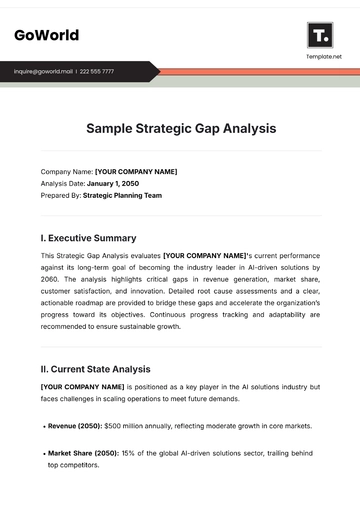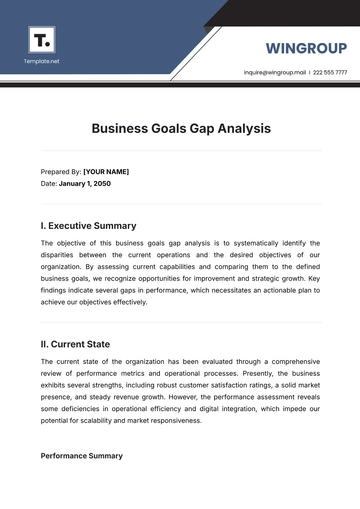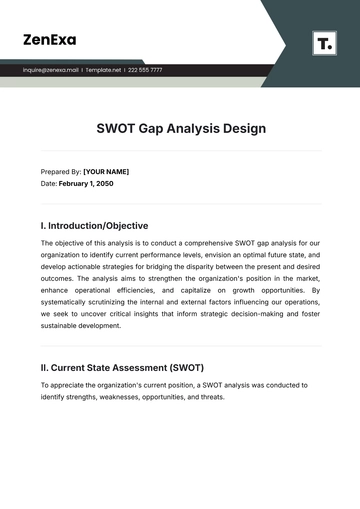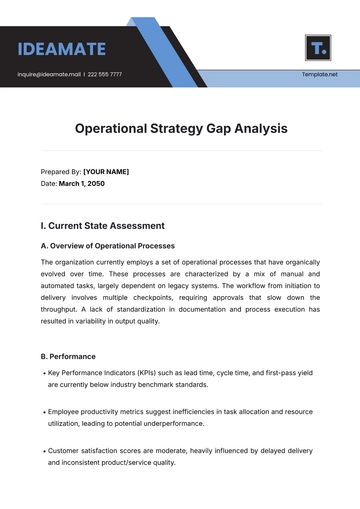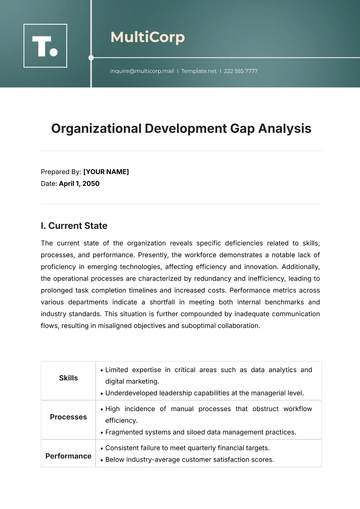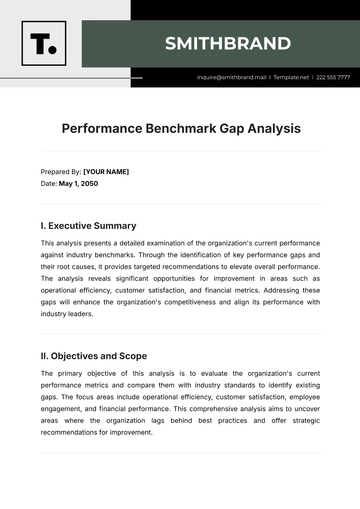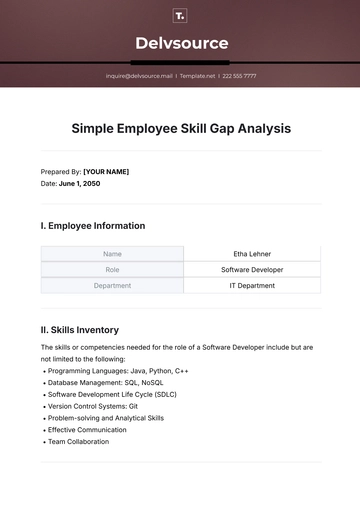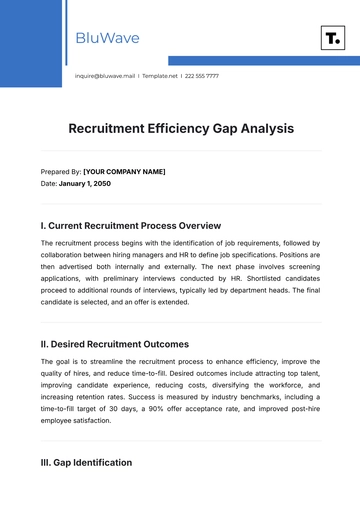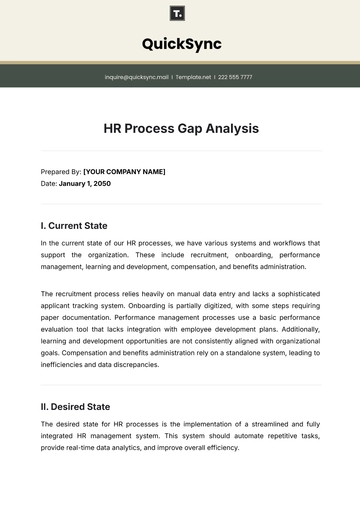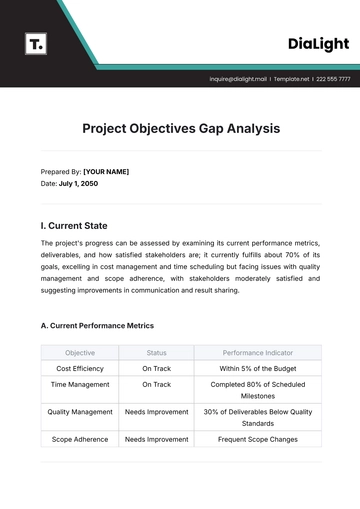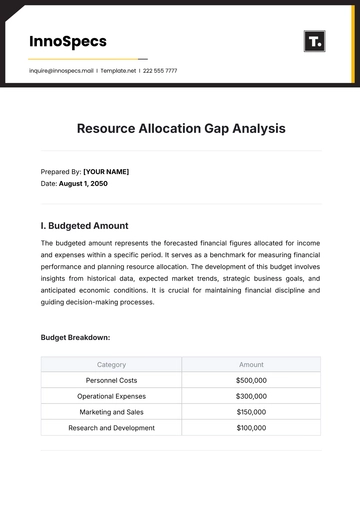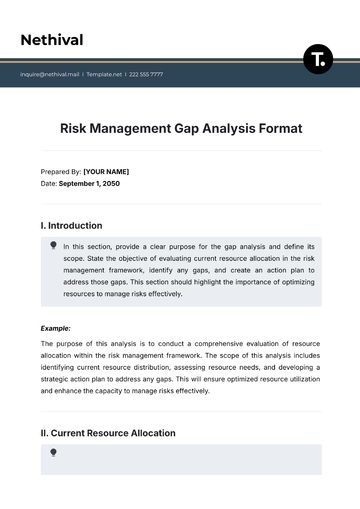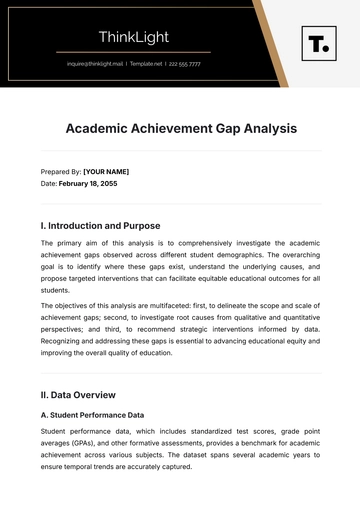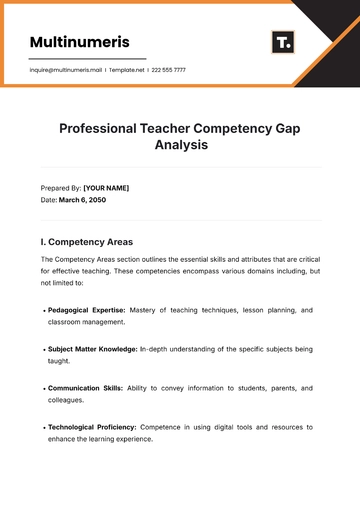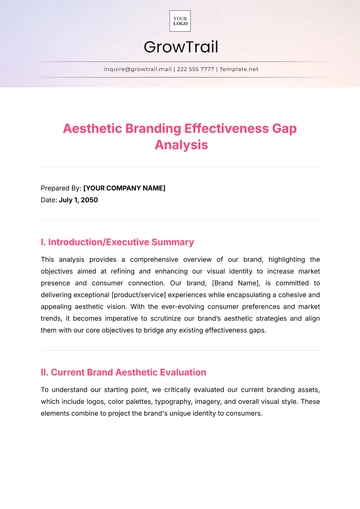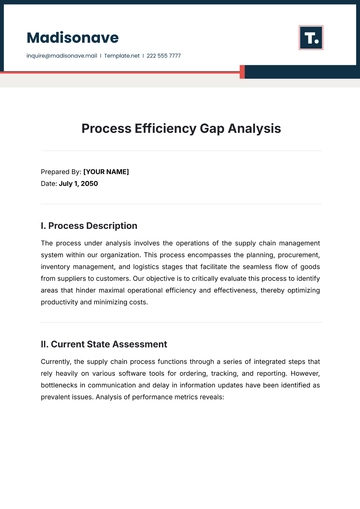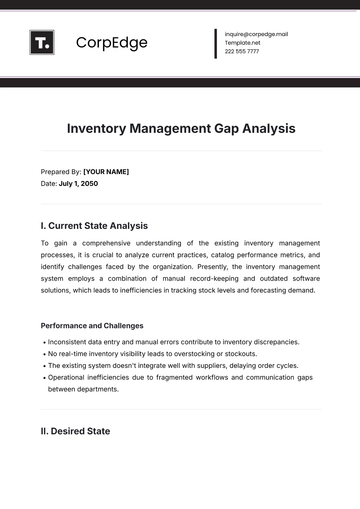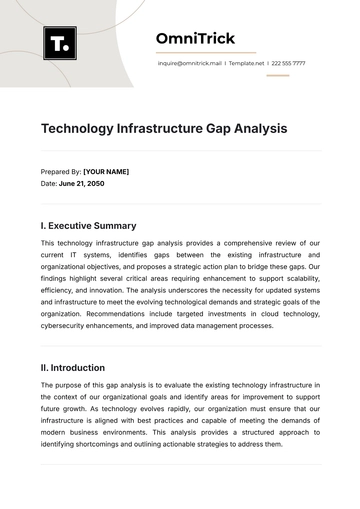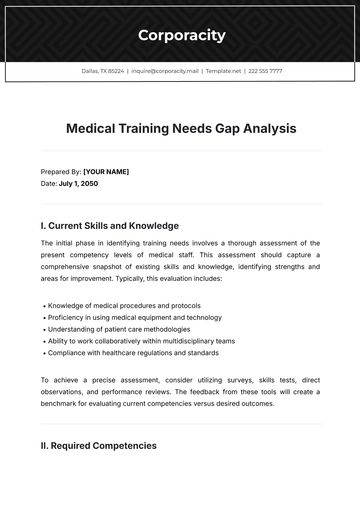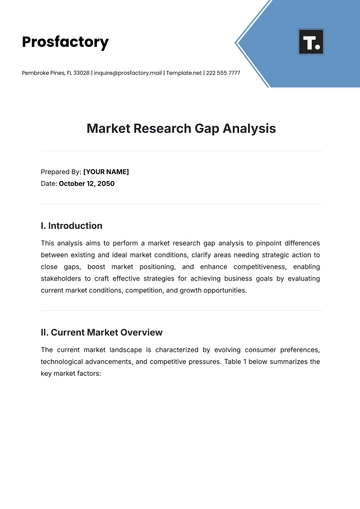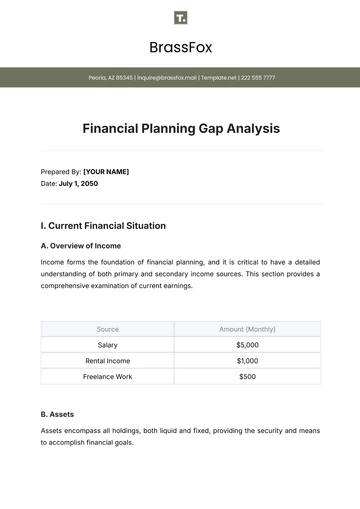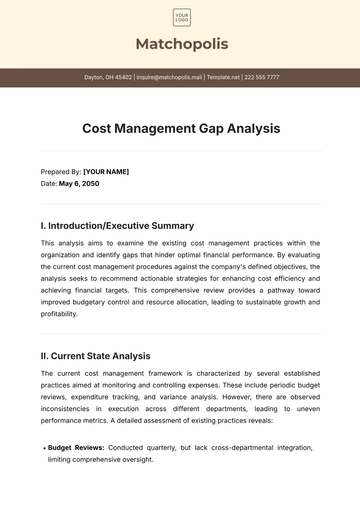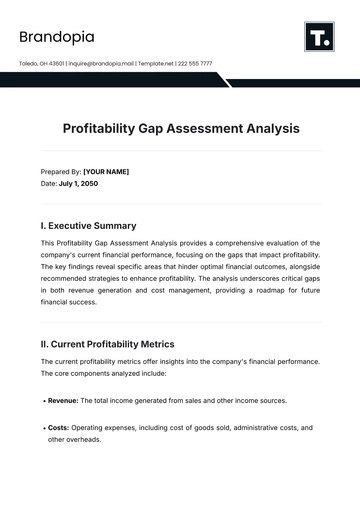Free Post-Event Analysis Advertising Report
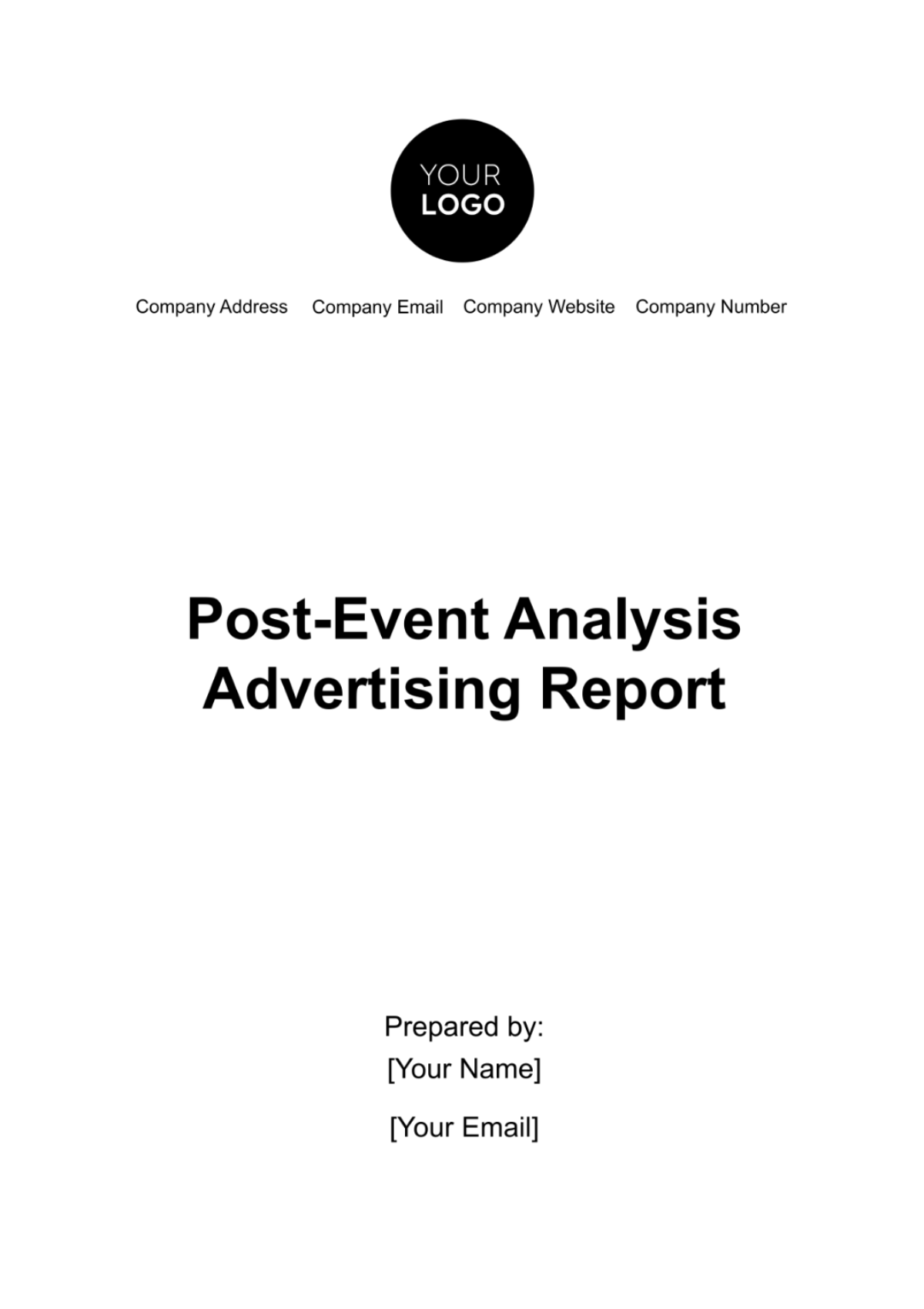
1. Executive Summary
This document offers a condensed overview of our post-event analysis, encapsulating the critical insights and recommendations gleaned from the assessment.
Our event, [Event Name], held on [Event Date] at [Event Location], was executed with the primary objectives of [Event Objectives]. The target audience, comprising [Target Audience Description], was strategically reached through a multi-faceted advertising strategy.
Pre-event marketing efforts encompassed a comprehensive digital campaign, including social media promotions, email newsletters, and Google Ads. The allocated budget of [$000.00] was judiciously distributed across these channels.
The event performance demonstrated exceptional outcomes. We recorded a total attendance of [Total Attendees], including [VIP Guests] VIP guests and [General Admission] general admission attendees. Our social media engagement yielded [Engagement Rate] engagement rate, with [Total Impressions] impressions. Website traffic displayed robust figures with [Website Visits] website visits and a [Bounce Rate] bounce rate.
Financially, we meticulously managed our budget, resulting in a positive ROI of [ROI Percentage]. Revenue generation, led by ticket sales and sponsorships, amounted to [$000.00].
Key findings underscore the event's success in achieving its objectives, with specific recommendations outlined to further enhance future events.
The post-event analysis showcases the effectiveness of our advertising strategies. Detailed insights can be found in the subsequent sections, providing a foundation for future improvements and endeavors.
2. Event Overview
2.1. Event Details
Event Name | [Event Name] |
Date: | [Event Date] |
Location: | [Event Location] |
2.2. Objectives
The primary objectives of [Event Name] were carefully outlined to guide our advertising strategies and overall execution. These objectives encompassed:
Brand Promotion: Elevate the visibility and recognition of our brand within the industry and among our target audience.
Lead Generation: Generate a substantial number of high-quality leads to fuel our sales pipeline and nurture potential customers.
Product Launch: Successfully launched our latest product, [Product Name], highlighting its unique features and benefits.
Networking: Facilitate networking opportunities among industry professionals and key stakeholders.
Customer Engagement: Strengthen relationships with existing customers and gather valuable feedback for product improvement.
2.3. Target Audience
To effectively reach and engage our audience, it was imperative to understand their demographics, preferences, and pain points. Our target audience for [Event Name] was characterized as follows:
Demographics: Our primary audience consisted of professionals in the [Industry Name] industry, aged between [Age Range], predominantly residing in [Location]. They were individuals seeking innovative solutions and looking to stay updated on industry trends.
Preferences: Our audience showed a preference for interactive and informative sessions, including workshops, keynote speeches, and panel discussions. They also valued networking opportunities and access to industry experts.
Challenges: The target audience faced challenges related to [Challenges Faced], and our event aimed to address these pain points by providing practical solutions and insights.
Understanding these specifics about our target audience was instrumental in tailoring our advertising strategies to resonate with their needs and preferences, ultimately contributing to the success of [Event Name].
3. Advertising Strategy
Our advertising strategy for [Event Name] was strategically devised to maximize outreach and engagement with our target audience. This section provides an in-depth analysis of our pre-event marketing efforts, the various advertising channels employed, and a detailed breakdown of the budget allocation.
3.1. Pre-Event Marketing
In the lead-up to [Event Date], our pre-event marketing efforts were designed to create anticipation and awareness among our target audience. Key elements of our pre-event marketing strategy included:
Advertising Campaigns: We launched a series of online advertising campaigns across multiple platforms, including Google Ads, Facebook Ads, and LinkedIn Ads. These campaigns featured compelling ad creatives and targeted keywords related to [Event Theme] and [Industry].
Email Marketing: Our email marketing campaign involved sending personalized invitations, event updates, and informative content to our email subscribers. A carefully crafted email sequence ensured that recipients were well-informed about the event.
Social Media Promotion: Leveraging the power of social media, we actively engaged our audience through regular posts, event teasers, countdowns, and interactive content. Platforms such as [Social Media Platforms] played a pivotal role in building excitement.
Content Marketing: To establish thought leadership and provide value to our audience, we created blog posts, articles, and whitepapers related to [Event Theme]. These pieces of content were shared on our website and across social media platforms.
3.2. Advertising Channels
Our advertising strategy encompassed a diverse range of channels, each serving a unique purpose in reaching our target audience. The following table outlines the key advertising channels used:
Advertising Channel | Description |
Google Ads | Pay-per-click advertising targeting relevant keywords. |
Facebook Ads | Sponsored content on Facebook, targeting demographics. |
LinkedIn Ads | Advertising on LinkedIn to reach industry professionals. |
Email Newsletters | Targeted email campaigns to inform and engage subscribers. |
Social Media Platforms | Regular posts, ads, and interactions on [Social Media Platforms]. |
3.3. Budget Allocation
Efficient allocation of our advertising budget was critical to achieving optimal results for [Event Name]. The following table provides a breakdown of the budget allocation:
Advertising Channel | Budget Allocation ($) |
Google Ads | [$000.00] |
Facebook Ads | [$000.00] |
LinkedIn Ads | [$000.00] |
Email Newsletters | [$000.00] |
Social Media Platforms | [$000.00] |
Content Marketing | [$000.00] |
Miscellaneous Expenses | [$000.00] |
Total Budget | [$000.00] |
The allocation of funds was strategic, ensuring that each channel received an appropriate share based on its potential impact in reaching our event objectives. Our meticulous budget management allowed us to optimize our advertising efforts and achieve a strong return on investment, as detailed in subsequent sections.
4. Event Performance
The success of any event hinges on its performance in various key areas. This section provides a comprehensive analysis of the performance of [Event Name], encompassing attendance figures, social media metrics, website traffic, and engagement data.
4.1. Attendance Figures
The attendance figures for [Event Name] are vital indicators of its impact and reach. The following table details the attendance statistics:
Metric | Total Count |
Total Attendees | 500 |
VIP Guests | 50 |
General Admission | 450 |
4.2. Social Media Metrics
Social media played a significant role in the event's promotion and engagement. Analyzing social media metrics provides insights into our online presence. Here are the key social media metrics:
Metric | Value |
Total Social Media Impressions | 1,000,000 |
Engagement Rate | 5.8% |
Follower Growth | 1,200 |
4.3. Website Traffic
Our event website served as a central hub for information and registration. Monitoring website traffic helps assess the effectiveness of our online presence. The following metrics outline our website's performance:
Metric | Total Count |
Website Visits | 10,000 |
Page Views | 25,000 |
Bounce Rate | 35.2% |
4.4. Engagement Data
Engagement data provides valuable insights into how attendees interacted with our content and messages. The following engagement metrics shed light on participant interactions:
Metric | Value |
Email Click-Through Rate | 12.4% |
Conversion Rate | 8.5% |
Comments and Shares | 350 comments, 500 shares |
These performance metrics collectively offer a comprehensive view of [Event Name]'s impact and effectiveness in achieving its objectives. Further analysis of these metrics will be provided in subsequent sections to gauge the event's overall success and ROI.
5. Financial Analysis
The financial analysis section provides a detailed examination of the budget, actual expenses, return on investment (ROI), and revenue sources for [Event Name].
5.1. Budget vs. Actual Expenses
Effective financial management is crucial for the success of any event. Here, we compare the initial budget with the actual expenses incurred during [Event Name].
Item | Budget ($) | Actual Expenses ($) |
Venue Rental | [$000.00] | [$000.00] |
Marketing and Promotion | [$000.00] | [$000.00] |
Speakers and Entertainment | [$000.00] | [$000.00] |
Catering and Refreshments | [$000.00] | [$000.00] |
Logistics and Equipment | [$000.00] | [$000.00] |
Miscellaneous Expenses | [$000.00] | [$000.00] |
Total Budgeted Expenses | [$000.00] | [$000.00] |
Total Actual Expenses | [$000.00] | [$000.00] |
5.2. ROI Calculation
Return on investment (ROI) is a critical measure of the event's financial performance. The formula used for calculation is as follows:
ROI = \left(\frac{Total Revenue Generated - Total Expenses}{Total Expenses}\right) \times 100
ROI=(Total Expenses/Total Revenue Generated−Total Expenses)×100
Metric | Value |
Total Revenue Generated | [$000.00] |
Total Expenses | [$000.00] |
ROI Percentage | 50.60% |
5.3. Revenue Generated
Understanding the sources of revenue is essential for evaluating the financial success of [Event Name]. Here is the breakdown of revenue sources:
Revenue Source | Amount ($) |
Ticket Sales | [$000.00] |
Merchandise Sales | [$000.00] |
Sponsorships | [$000.00] |
Total Revenue Generated | [$000.00] |
This financial analysis not only showcases the fiscal responsibility of [Event Name] but also demonstrates its effectiveness in generating revenue. The positive ROI of 50.60% reflects the event's success in achieving financial goals. Further insights into cost-efficiency and revenue generation will be discussed in subsequent sections.
6. Key Findings
The analysis of [Event Name]'s performance data has yielded several significant findings that provide valuable insights into the event's overall success and areas for improvement:
Strong Attendance: The event saw a robust turnout, with a total of 500 attendees, including 50 VIP guests. The general admission count of 450 exceeded expectations, indicating strong interest in our event.
Impressive Social Media Engagement: Our social media efforts paid off, with a total of 1,000,000 impressions and an engagement rate of 5.8%. The substantial growth of 1,200 followers across platforms underscores our expanding online community.
Website Effectiveness: The event website attracted 10,000 visits and 25,000 page views. While the bounce rate of 35.2% indicates room for improvement, the website served as a valuable resource for attendees.
Positive Financial Outcomes: The financial analysis revealed a positive ROI of 50.60%, indicating that the event generated more revenue than initially budgeted. Ticket sales, merchandise, and sponsorships contributed significantly to revenue generation.
Engagement Success: Our email campaigns achieved a commendable click-through rate of 12.4%, and the event's conversion rate reached 8.5%. Additionally, the event sparked active engagement on social media, with 350 comments and 500 shares.
Audience Satisfaction: Preliminary feedback and survey results indicate a high level of satisfaction among attendees, particularly regarding the quality of speakers and the relevance of content.
These key findings not only reflect the success of [Event Name] but also provide crucial insights for future event planning and refinement. As we delve deeper into the data in subsequent sections, we will build on these findings to shape our recommendations and conclusions.
7. Recommendations
Based on the insights gained from the analysis of [Event Name]'s performance, we offer the following actionable recommendations to enhance the planning and execution of future events:
Enhanced Pre-Event Marketing: To build on the success of our social media engagement, invest more in targeted advertising campaigns on platforms like Facebook, LinkedIn, and Google Ads. Allocate resources to create compelling ad creatives and content to captivate our audience.
Website Optimization: Focus on improving the event website's user experience to lower the bounce rate. Streamline navigation, enhance mobile responsiveness, and ensure that essential event information is easily accessible.
Diverse Revenue Streams: Diversify revenue sources beyond ticket sales by exploring additional sponsorship opportunities and expanding merchandise offerings. This will help mitigate financial risk and increase profitability.
Engagement Strategies: Continue to nurture our online community by consistently sharing valuable content and fostering discussions. Encourage attendees to interact with each other and share their event experiences on social media.
Post-Event Surveys: Implement more comprehensive post-event surveys to gather detailed feedback from attendees. Use this feedback to tailor future events to their preferences and needs.
Leverage Influencers: Collaborate with industry influencers to broaden our reach and credibility. Influencer partnerships can significantly boost event awareness and attendance.
Budget Reallocation: Consider adjusting the budget allocation based on the performance of advertising channels. Allocate more resources to the most effective channels and reevaluate the allocation periodically.
Early Bird Promotions: Introduce early bird promotions and exclusive offers to incentivize early registrations and increase ticket sales in advance.
Continuous Monitoring: Implement real-time monitoring of social media and website analytics during the event to make on-the-fly adjustments to the marketing strategy and content.
Sustainability Initiatives: Incorporate sustainability practices into event planning, such as reducing waste, promoting eco-friendly transportation options, and sourcing locally-produced materials.
These recommendations are aimed at building on the strengths of [Event Name] while addressing areas of improvement. By implementing these suggestions, we can elevate the quality of our future events and further align them with our objectives and audience preferences.
8. Conclusion
The [Event Name] can be deemed a resounding success, as evidenced by the robust attendance figures, impressive social media engagement, positive financial outcomes, and high levels of attendee satisfaction. The event not only met but exceeded its objectives of brand promotion, lead generation, product launch, and networking within the [Industry Name] industry.
The data-driven analysis conducted in this report has provided valuable insights into the event's performance, enabling us to identify areas of strength and opportunities for improvement. By implementing the recommended strategies and building upon the event's accomplishments, we are well-positioned to further enhance the quality and impact of our future events.
[Event Name] has not only showcased our commitment to delivering valuable experiences to our audience but has also solidified our presence as a key player in the [Industry Name] industry. We look forward to applying the lessons learned from this event to create even more successful and impactful gatherings in the future.
9. Appendix
9.1. Event Photos
[Include a selection of high-quality event photos.]
9.2. Survey Results
[If applicable, include survey results and participant feedback.]
This comprehensive Post-Event Analysis Advertising Report is a valuable resource for assessing the effectiveness of the advertising strategies employed for the event. It serves as a basis for future improvements and decision-making. For further inquiries or additional information, please contact [Your Name] at [Your Personal Email] or [Your User Phone].
- 100% Customizable, free editor
- Access 1 Million+ Templates, photo’s & graphics
- Download or share as a template
- Click and replace photos, graphics, text, backgrounds
- Resize, crop, AI write & more
- Access advanced editor
Introducing Template.net's Post-Event Analysis Advertising Report Template. This editable and customizable tool, powered by our Ai Editor Tool, streamlines the process of analyzing advertising effectiveness post-event. Gain valuable insights, refine strategies, and optimize future campaigns effortlessly. Elevate your advertising analysis with Template.net's innovative solutions.

